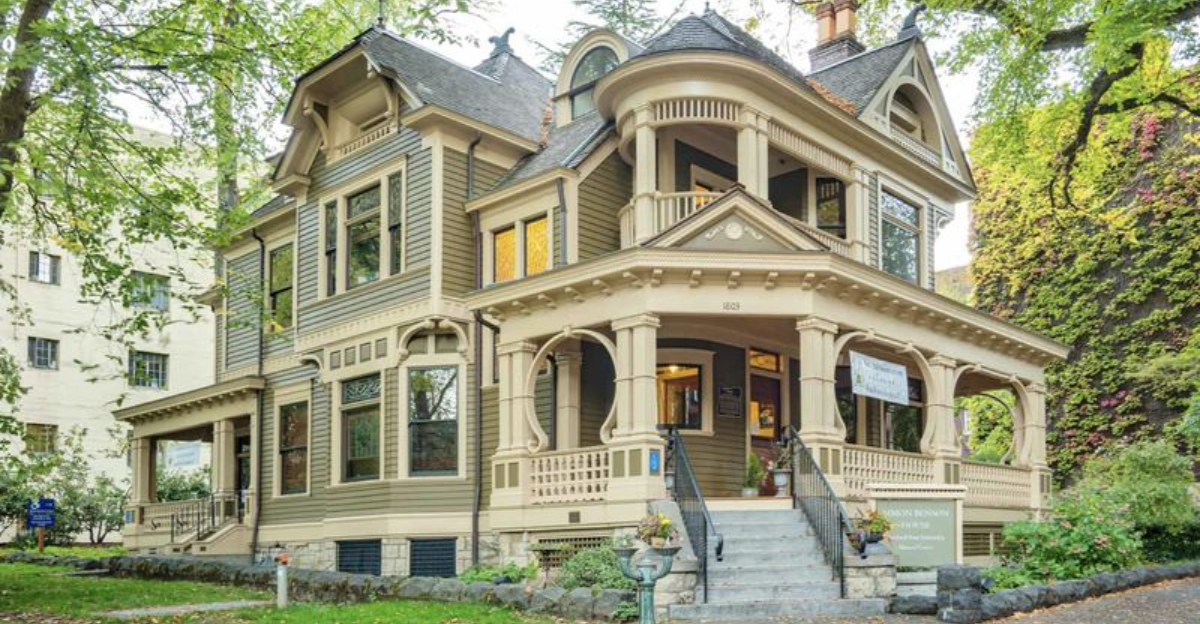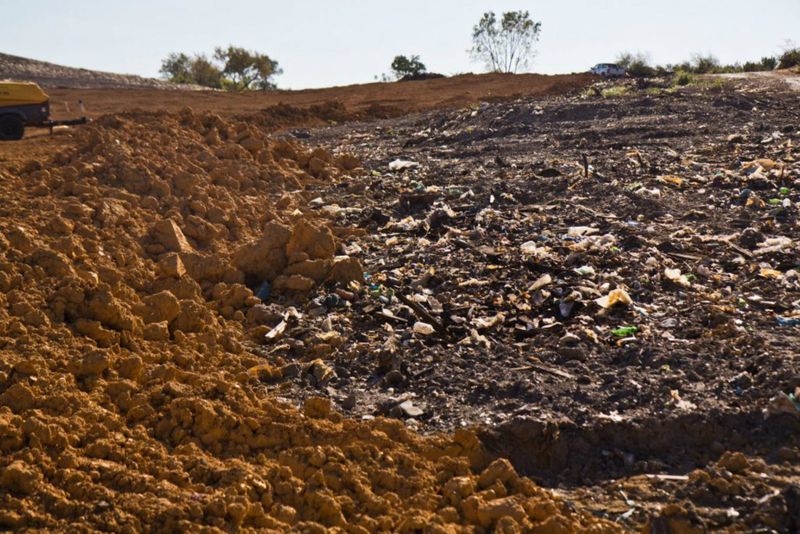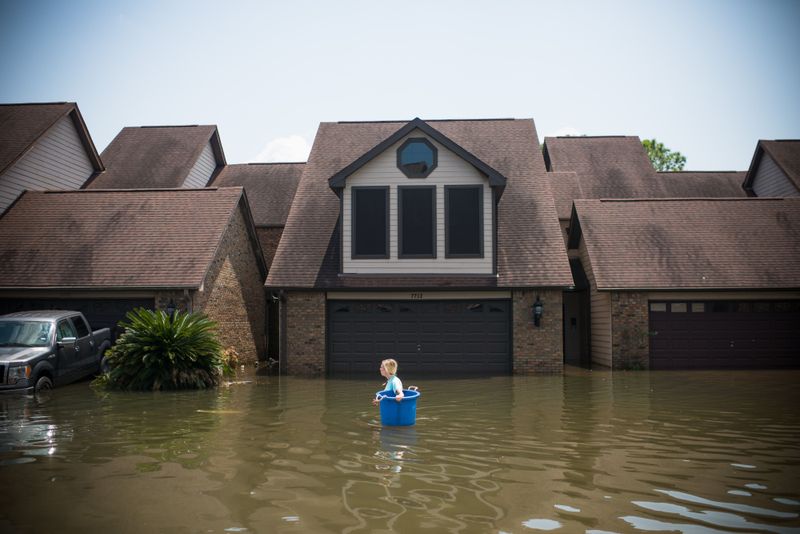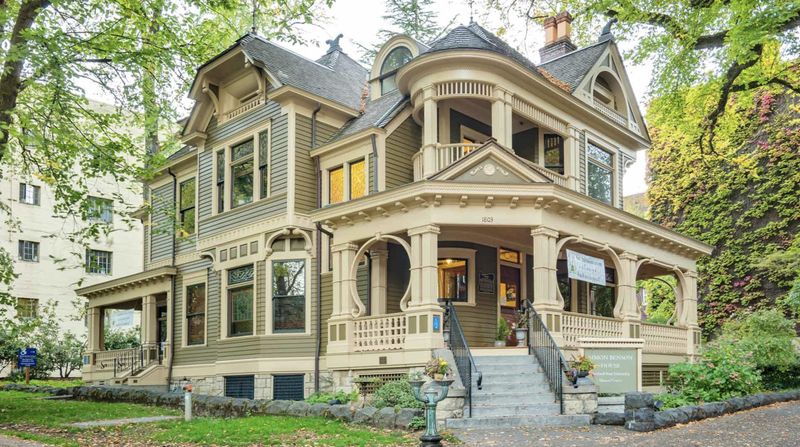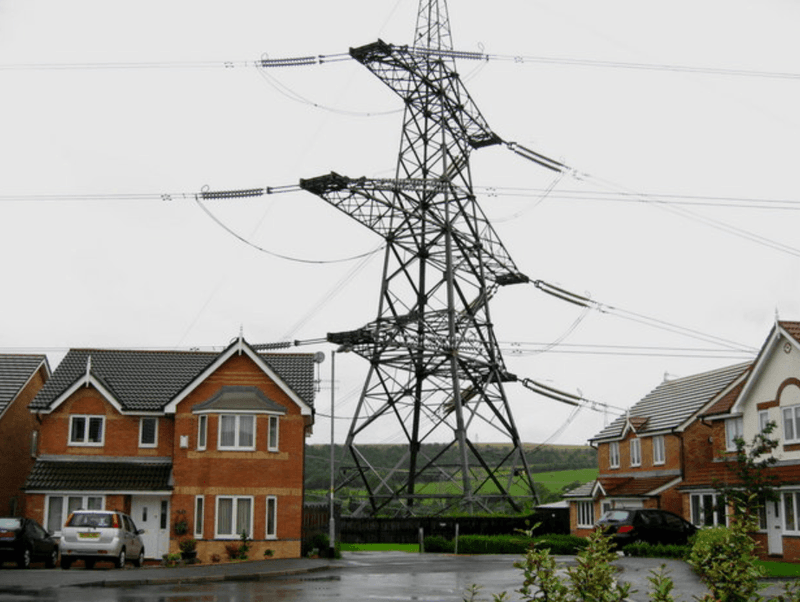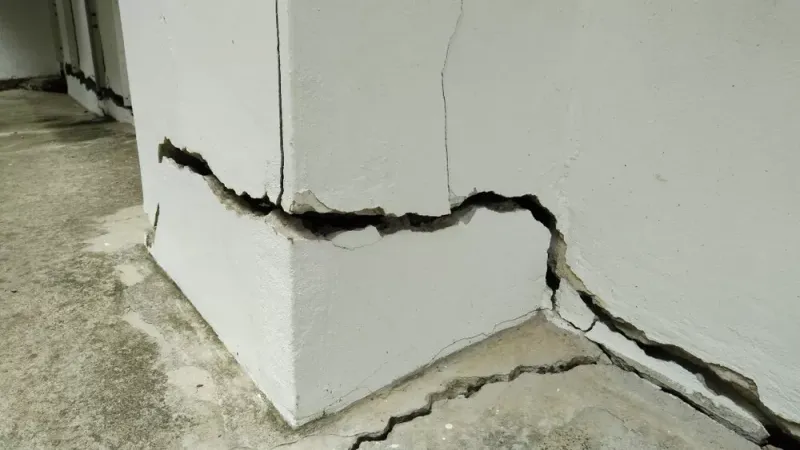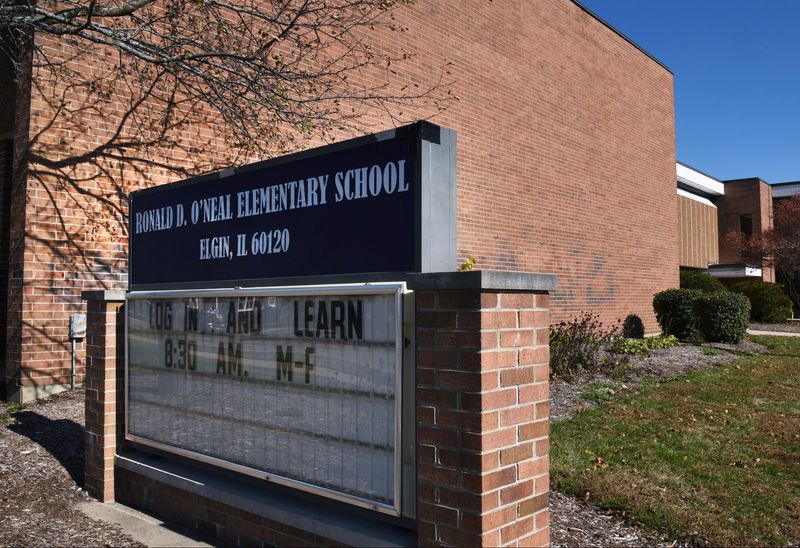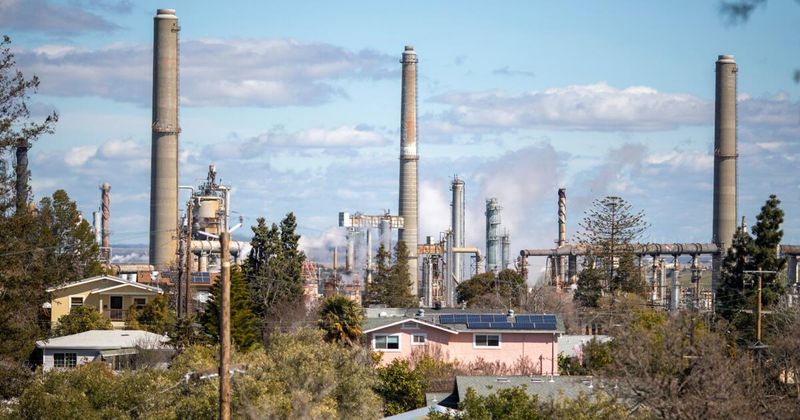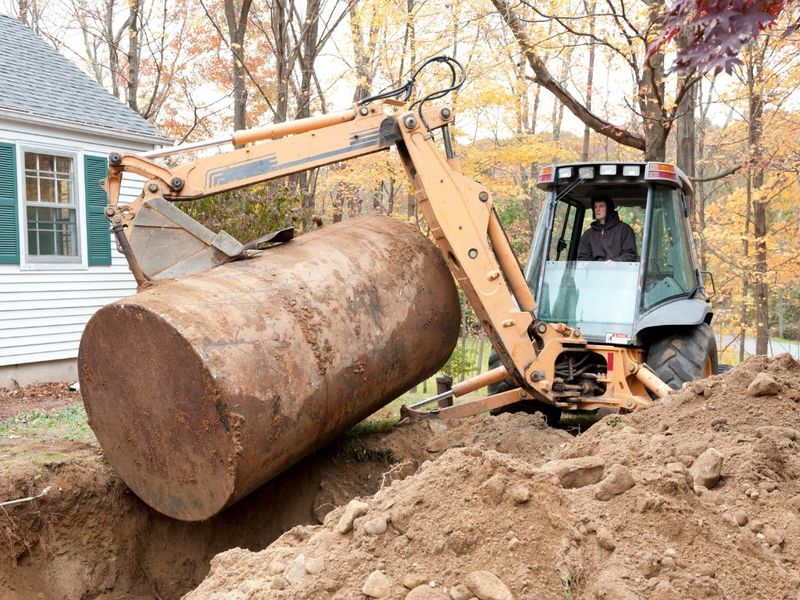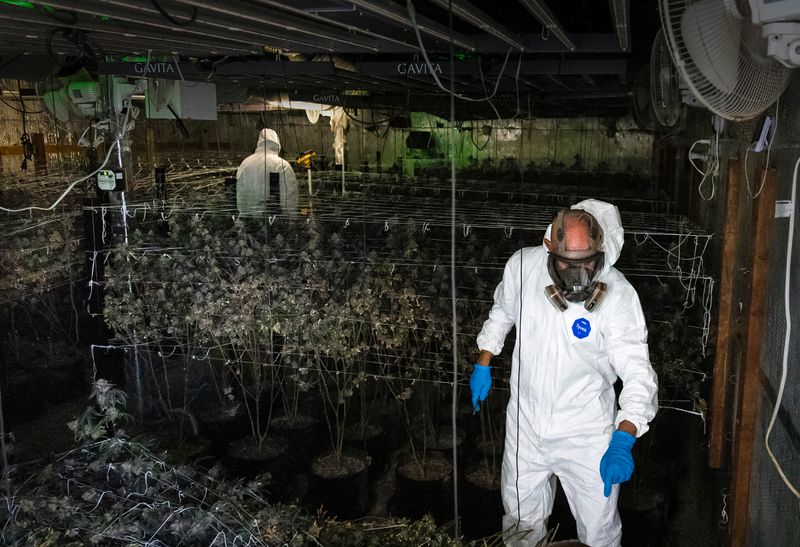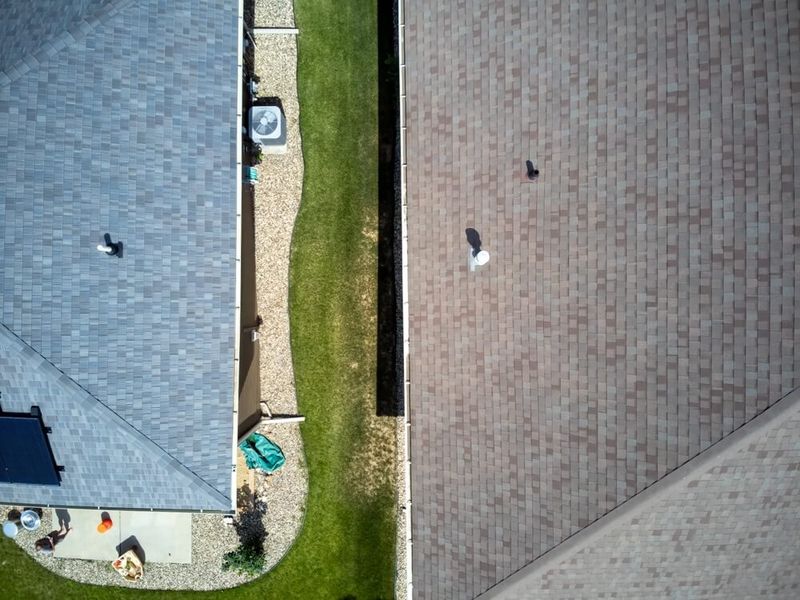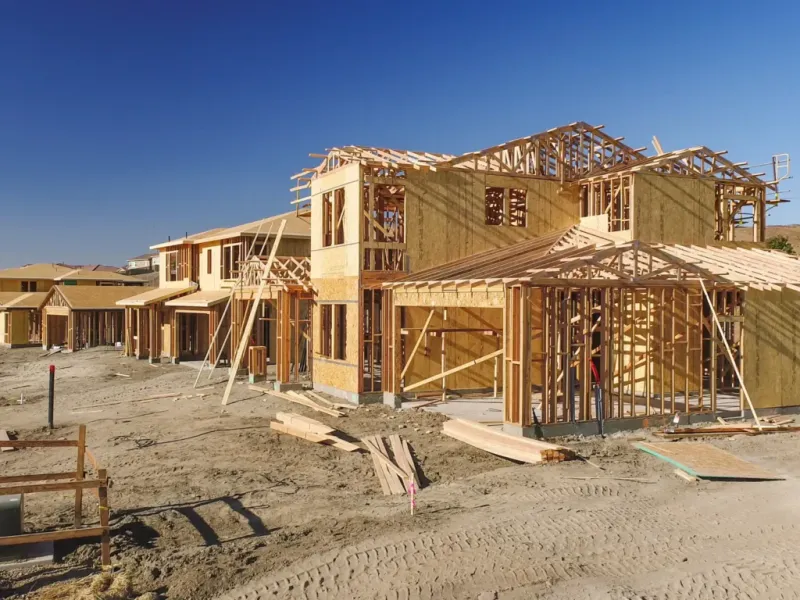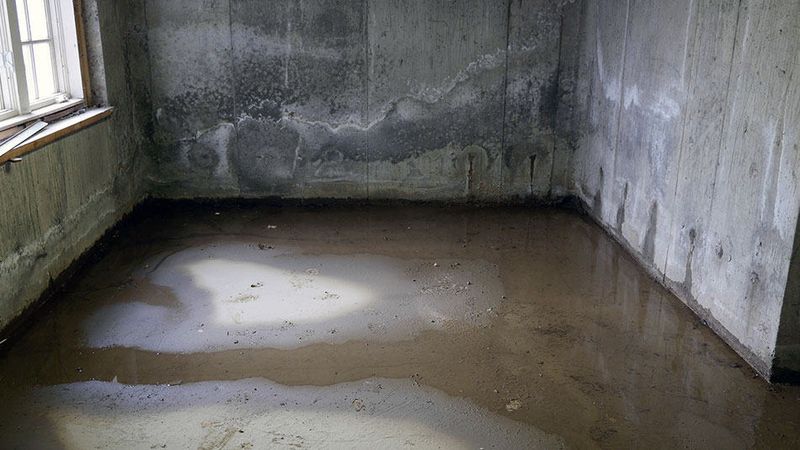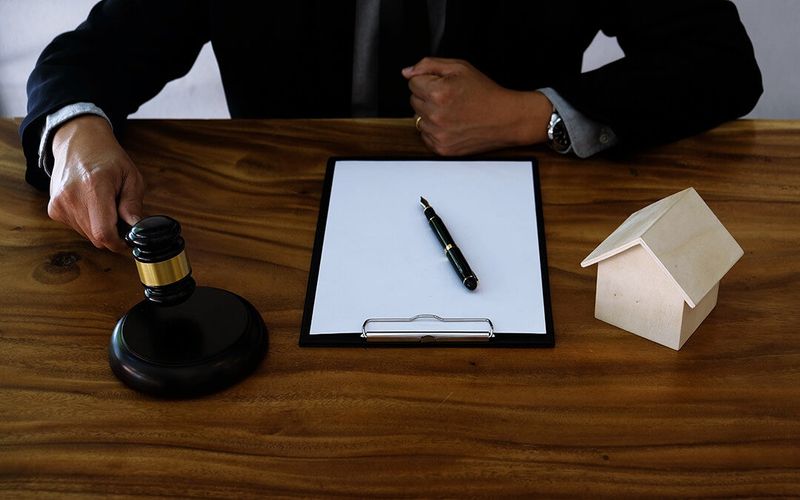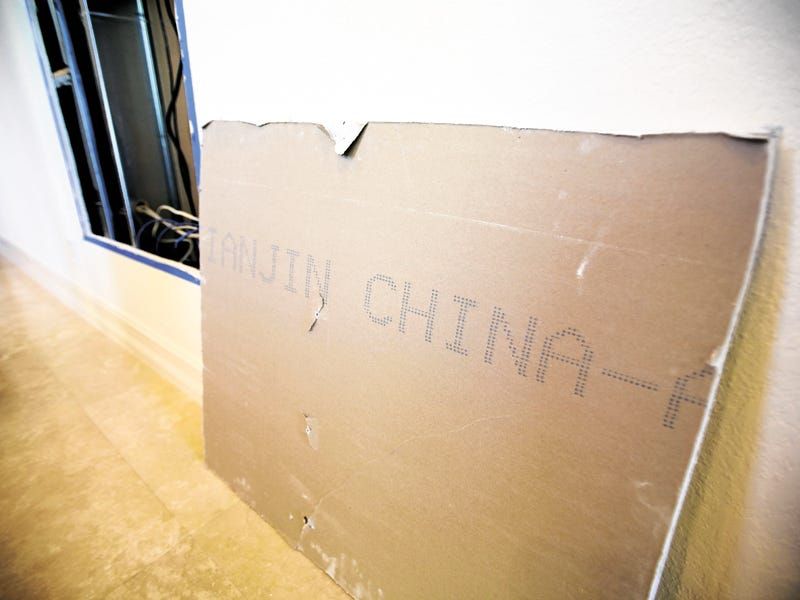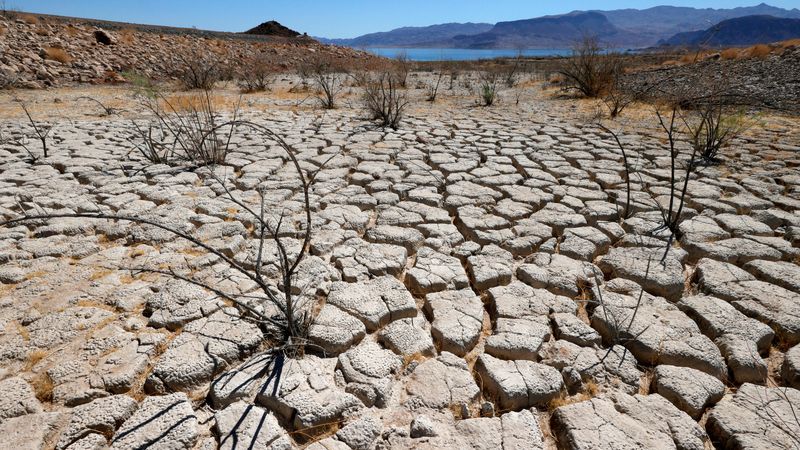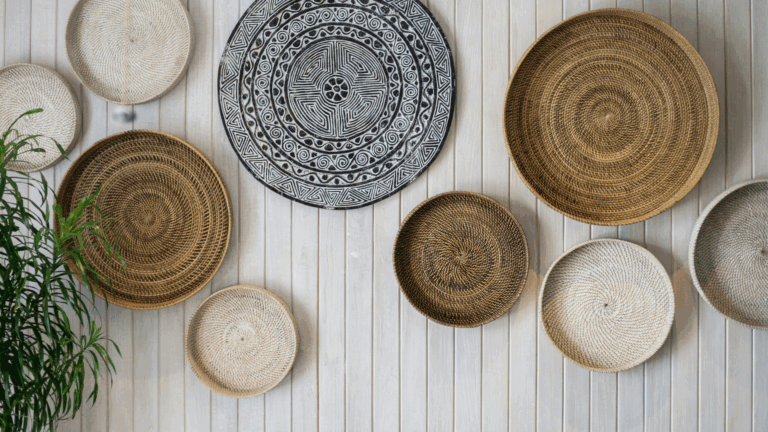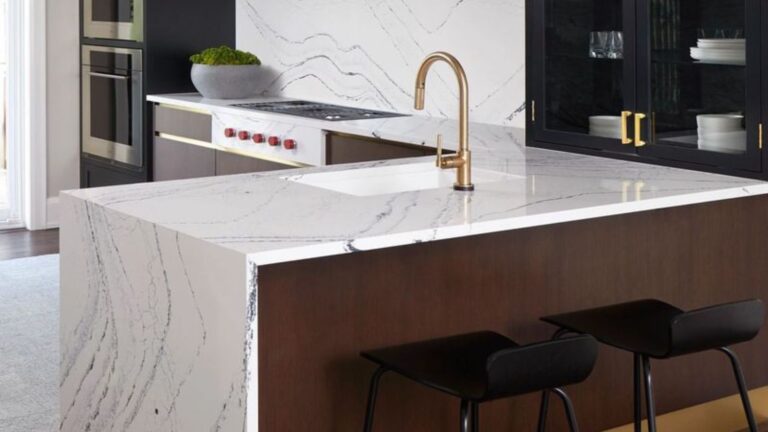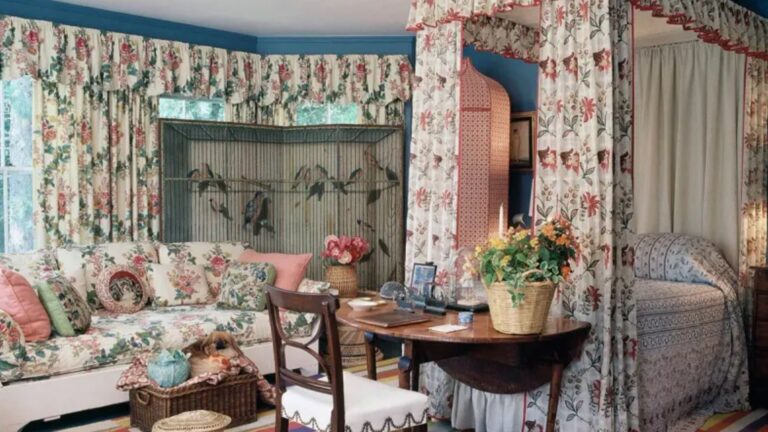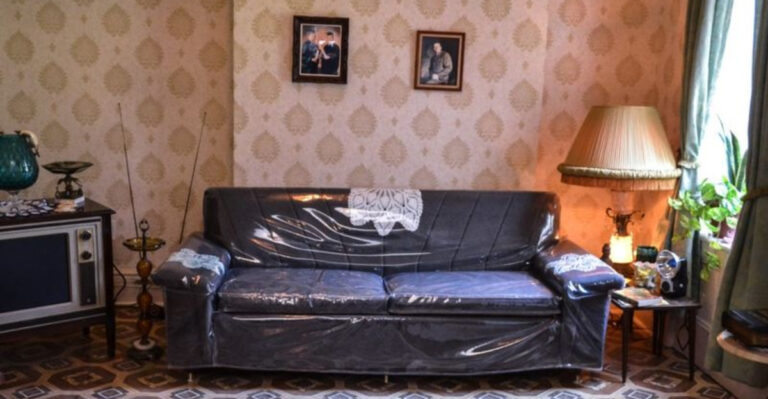15 Types Of Homes You Will Instantly Regret Buying
Buying a home is one of life’s biggest decisions, but not all properties are worth the investment.
Some houses come with hidden problems that can turn your dream purchase into a total nightmare.
Before you sign on the dotted line, it’s worth knowing which types of properties often lead to buyer’s remorse.
1. Homes Built on Landfills
Beneath your feet lies a dirty secret! Houses constructed over former garbage dumps might come with bargain prices, but they’re ticking environmental time bombs.
Toxic gases like methane can seep through foundations, creating health hazards and potential explosions. Foundation settling is also common as decomposing materials shift unpredictably beneath your home.
The lingering odors and contamination issues make these properties nearly impossible to resell when you’ve had enough.
2. Homes in Flood Plains
When the skies open up, your investment could literally go underwater! Properties in flood-prone areas might offer attractive pricing, but there’s a reason for those discounts.
Insurance premiums can reach astronomical heights—if you can get coverage at all. Repeated flooding leads to persistent mold issues, structural damage, and plummeting property values.
Climate change is only making these problems worse, with once-rare flood events becoming increasingly common in many regions.
3. Historic Homes with Outdated Systems
Charming on Instagram, chaotic in reality! Those gorgeous Victorian-era homes with ornate woodwork often conceal century-old nightmares like knob-and-tube wiring that’s a fire waiting to happen.
Lead pipes, asbestos insulation, and inefficient heating systems create health hazards while draining your bank account. Historic designation restrictions can prevent you from making necessary modernizations, trapping you in a beautiful but dysfunctional time capsule.
4. Houses Near High-Voltage Power Lines
Buzz, crackle, zap! Living under massive transmission towers might seem like a small compromise for affordability, but the constant electromagnetic fields have been linked to various health concerns in numerous studies.
The visual eyesore and audible buzzing create a persistent nuisance that wears on your nerves. Should you ever want to sell, expect significant difficulty—these properties typically sit on the market much longer than comparable homes.
5. Homes with Structural Foundation Issues
Cracks tell tales of trouble below! When a home’s foundation is compromised, everything from doorframes to roof alignment eventually follows suit. What starts as hairline fractures can evolve into doors that won’t close and windows that won’t open.
Foundation repairs rank among the most expensive home fixes, often starting at $10,000 and climbing rapidly depending on severity. The worst part? These problems rarely resolve completely—they tend to return over time.
6. Properties in Declining School Districts
Your home’s value is hostage to its school zone! Even if you don’t have children, properties tied to failing educational systems face steep depreciation as families avoid these areas.
Watching your investment steadily lose value while neighboring districts thrive creates a financial trap. Municipal services often decline alongside school quality, resulting in reduced police presence, slower emergency response times, and neglected infrastructure.
7. Homes Adjacent to Industrial Zones
Factory views weren’t in the brochure! Properties bordering industrial areas suffer from a perfect storm of problems—air quality issues, excessive noise at all hours, and heavy truck traffic destroying local roads.
Health impacts can be serious, with respiratory conditions and sleep disorders commonly reported by residents. Industrial accidents, while rare, pose catastrophic risks to adjacent neighborhoods.
Zoning changes can actually worsen over time, allowing increasingly intensive industrial uses that further degrade your living conditions and property value.
8. Homes with Buried Oil Tanks
Underground surprises cost above-ground dollars! Older homes often hide decommissioned oil tanks that can leak contaminants into your soil and groundwater. Environmental testing alone can cost thousands, while remediation for a leaking tank frequently exceeds $50,000.
Banks increasingly refuse to finance properties with known tank issues, leaving sellers with limited buyer pools. Homeowner’s insurance typically excludes pollution coverage, meaning you’ll bear the full financial burden of any environmental damage.
9. Former Grow Houses
Green thumbs left behind mold nightmares! Homes previously used for indoor marijuana cultivation often suffer from extensive moisture damage hidden behind walls. The high humidity required for plant growth creates perfect conditions for toxic black mold throughout the structure.
Electrical systems are frequently modified dangerously to accommodate high-powered growing lights, creating fire hazards. Chemical residues from fertilizers and pesticides can contaminate surfaces and ventilation systems for years.
10. Homes with Ongoing Boundary Disputes
Fences make enemies, not friends! Inheriting a property with contested boundaries means stepping into an ongoing legal battle with your new neighbors. Survey discrepancies can place driveways, gardens, or even parts of your house on disputed land.
Legal fees for property line litigation frequently exceed the value of the contested area. The emotional cost of hostile neighbor relationships takes a daily toll on your quality of life.
These disputes typically must be disclosed to future buyers, creating another hurdle when you eventually try to sell.
11. Homes Near Future Development Projects
Yesterday’s peaceful neighborhood is tomorrow’s construction zone! Buying near planned major developments can mean years of construction noise, dust, and traffic disruptions. That serene view you paid a premium for might soon feature a high-rise apartment building or shopping center.
Property values often plummet during the construction phase, precisely when many owners decide they can’t tolerate the disruption. Road expansions can bring highways closer to once-quiet neighborhoods, creating permanent noise and pollution issues.
12. Houses with Unresolvable Water Issues
Water always wins the battle against your foundation! Some properties have geographical or water table issues that no amount of waterproofing can permanently solve. French drains, sump pumps, and extensive landscaping provide temporary relief but often fail during heavy rain events.
Constant moisture creates persistent mold problems that can trigger serious health issues. The financial drain of repeatedly addressing the same water problems creates a never-ending maintenance cycle.
Each failed solution reduces your property’s marketability and value.
13. Homes in HOAs Facing Bankruptcy
Your monthly fees are disappearing into a financial black hole! Homeowners’ associations with financial troubles often defer critical maintenance while simultaneously raising fees to cover shortfalls. Common areas deteriorate visibly as reserve funds are depleted.
Special assessments can suddenly burden homeowners with thousands in unexpected costs when major repairs can no longer be postponed. The community atmosphere sours as neighbors blame each other for mismanagement.
Potential buyers run the other way when they see the HOA’s financial statements, making your property nearly impossible to sell.
14. Homes with Defective Drywall
Your walls shouldn’t smell like rotten eggs! Some homes built between 2001-2009 contain imported drywall that emits sulfur compounds, corroding wiring, appliances, and even jewelry. The distinctive odor permeates everything in the home and cannot be eliminated without complete drywall removal.
Health symptoms include headaches, respiratory issues, and eye irritation that persist until the material is removed. Remediation costs often exceed $100,000, involving gutting the home to the studs.
15. Houses in Areas with Water Restrictions
Brown is the new green for your lawn—permanently! Regions facing severe water shortages impose increasingly strict usage limits that transform the lifestyle you imagined. That beautiful landscaping dies within months as outdoor watering is prohibited.
Water bills skyrocket despite reduced usage as municipalities raise rates to compensate for conservation. Daily life changes dramatically—shorter showers, full dishwashers only, and the constant stress of monitoring every drop used.
These restrictions rarely ease over time; they typically become more stringent as climate conditions worsen.

